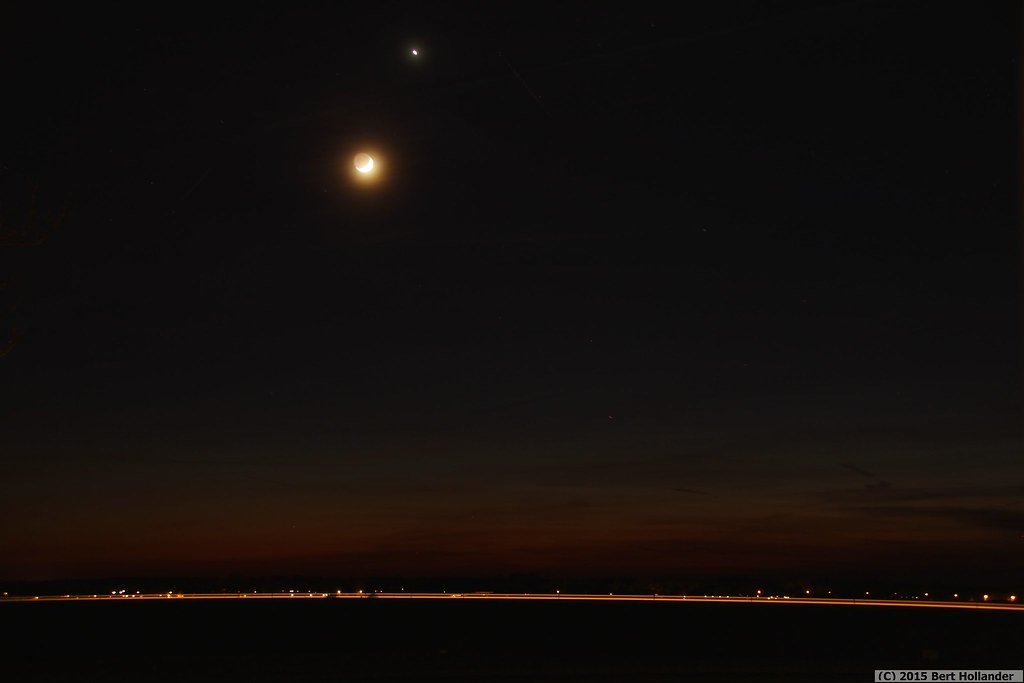It’s almost unbelievable: Venus, the second planet from the Sun, is even hotter than Mercury, which sits closest to our solar system’s blazing center. Most people would assume Mercury, bathing in the Sun’s relentless rays, would claim the title of “hottest planet.” But Venus flips the script entirely, roasting at temperatures hot enough to melt lead. The mystery behind Venus’s ferocious heat isn’t just a cosmic curiosity — it’s a warning, a laboratory, and possibly our best shot at understanding the past, present, and future of planetary habitability. What makes Venus so extreme, and why are scientists so obsessed with uncovering its secrets? Let’s journey into the swirling yellow clouds and crushing atmosphere of our enigmatic neighbor.
The Cosmic Neighbors: Mercury and Venus Side by Side
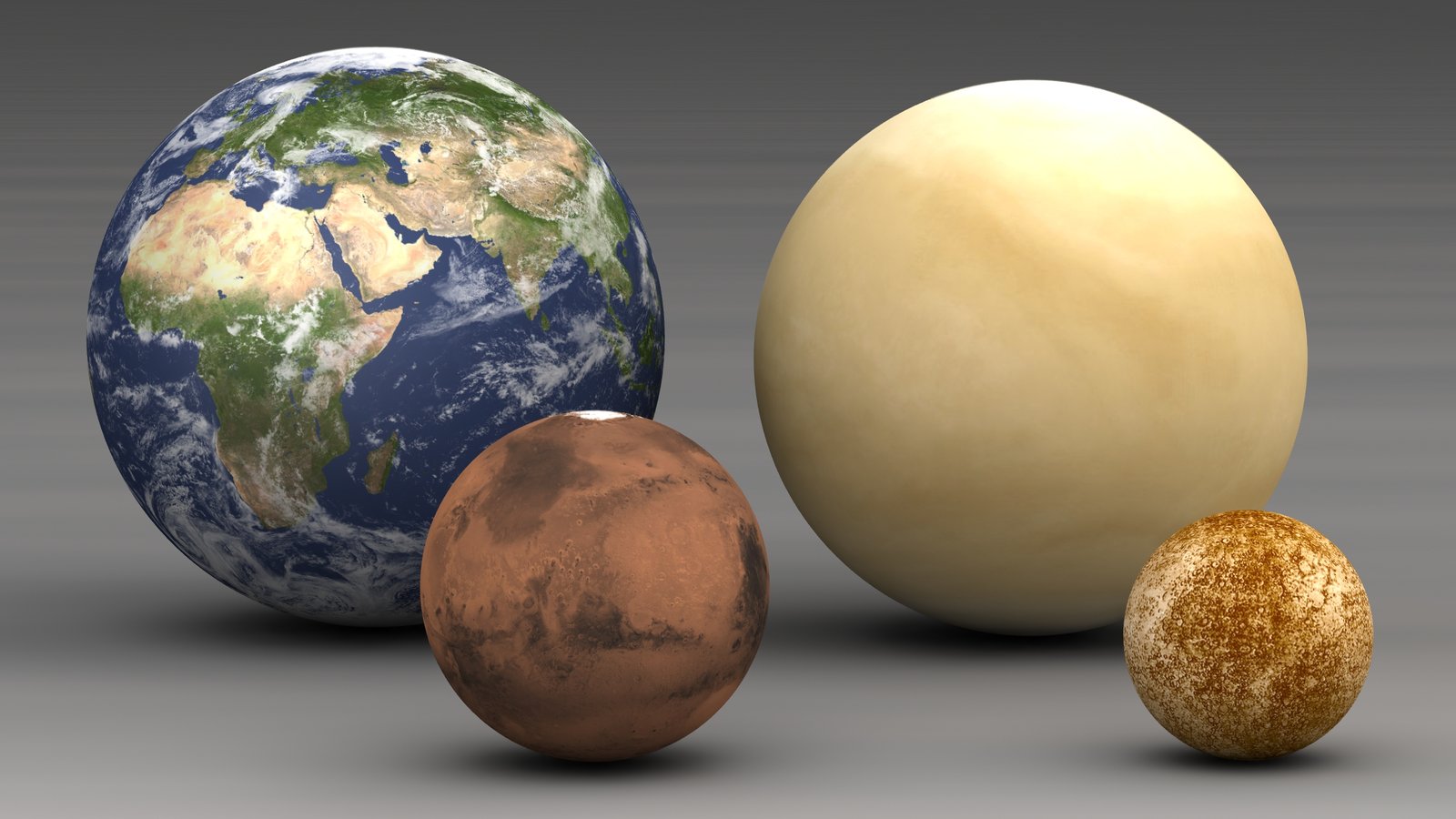
When you look at the lineup of planets, Mercury and Venus sit right next to each other, both orbiting closer to the Sun than Earth does. Mercury, the innermost planet, is a rocky, cratered world with no atmosphere to speak of. Venus, a bit further out, is almost Earth’s twin in size and mass, but the similarities end there. Venus is wrapped in thick, yellowish clouds, while Mercury is bare and exposed. Strangely, Venus outshines Mercury in temperature, despite being farther away. This odd fact is one of the solar system’s most fascinating paradoxes, making us question what really makes a planet hot.
Distance from the Sun: Not the Whole Story
At first glance, you’d think being closer to the Sun means you’ll be hotter. Mercury orbits at just 58 million kilometers from the Sun, while Venus is a bit further at 108 million kilometers. The sunlight on Mercury is indeed more intense, but that’s not the only factor in planetary temperature. While Mercury gets blasted with solar energy, it can’t hold onto that heat. Venus, shrouded in clouds, traps heat in a way that transforms its entire surface into a seething cauldron. The Sun’s distance is just one piece of the puzzle, not the whole picture.
Venus’s Atmosphere: A Smothering Blanket
Venus’s atmosphere is a monstrous, suffocating layer about 90 times thicker than Earth’s. Imagine the pressure you’d feel a kilometer underwater — that’s what it’s like just standing on Venus’s surface. The air is almost entirely carbon dioxide, infamous for its heat-trapping abilities. This dense atmosphere acts like a gigantic thermal blanket, keeping all the heat in and letting almost none escape. It’s why nighttime on Venus is just as hot as daytime, a relentless, never-ending oven.
The Greenhouse Effect Gone Wild
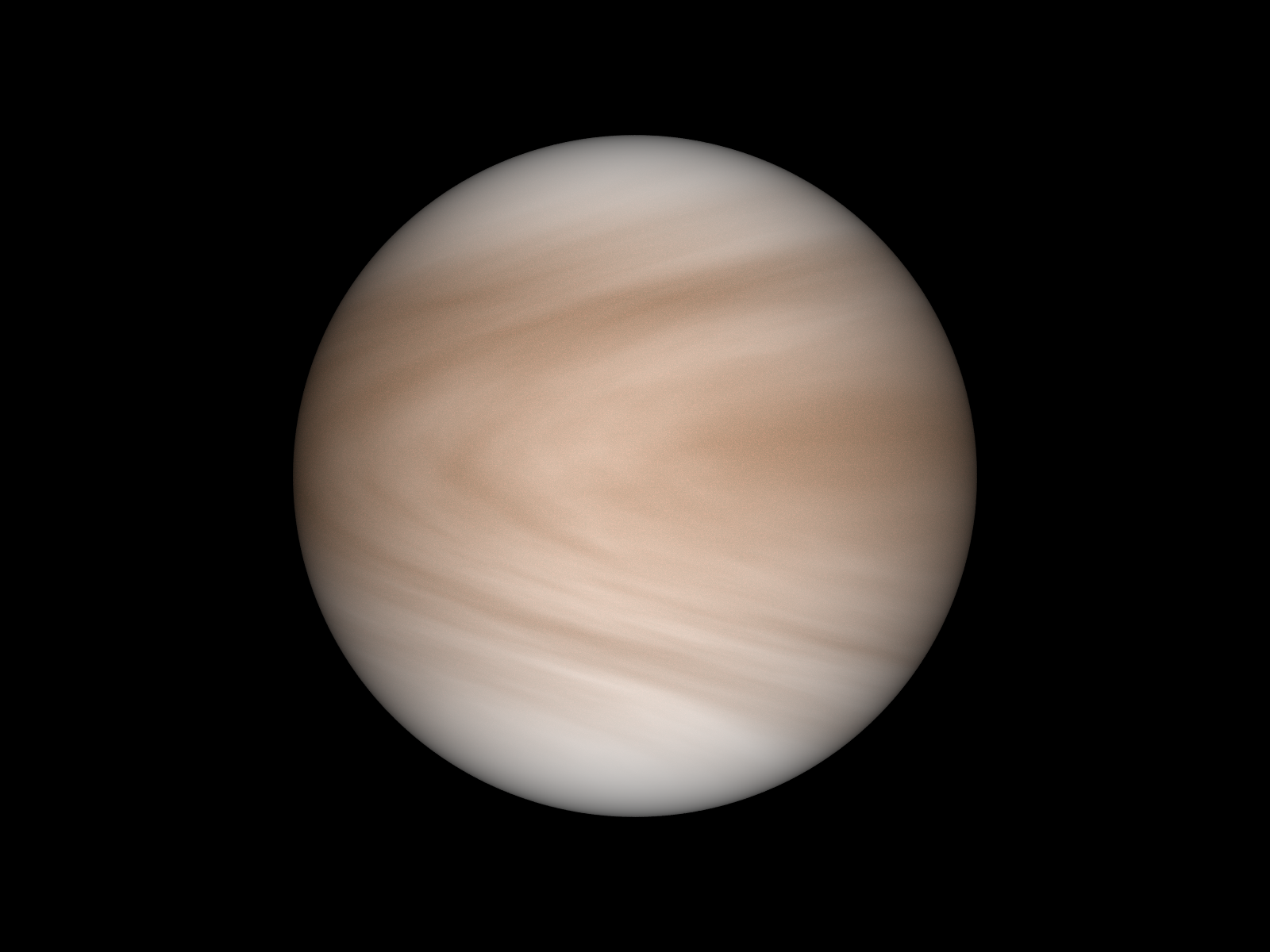
If you’ve heard about greenhouse gases warming our planet, Venus is the ultimate cautionary tale. Its thick carbon dioxide atmosphere traps heat with ruthless efficiency. Sunlight gets in, but the heat can’t get out — a runaway greenhouse effect. Surface temperatures soar above 460 degrees Celsius (860 degrees Fahrenheit), far beyond Mercury’s peak. This makes Venus the hottest planet in the solar system, proof of what happens when greenhouse gases spiral out of control.
Mercury’s Bare Naked Surface: Heat In, Heat Out
Mercury, on the other hand, has almost no atmosphere at all. With nothing to hold in the heat, Mercury’s surface bakes during the day, reaching up to 430 degrees Celsius (800 degrees Fahrenheit), but then plummets to -180 degrees Celsius (-290 degrees Fahrenheit) at night. There’s no “thermal blanket” to keep things warm. The heat comes and goes instantly, making it a planet of extremes, but not a uniformly hellish world like Venus.
Clouds of Sulfuric Acid: Venus’s Toxic Veil
The clouds on Venus aren’t soft and fluffy like those on Earth. They’re thick, yellow, and made of sulfuric acid droplets. These clouds reflect sunlight, giving Venus its bright appearance in our sky, but they also trap heat below. The upper atmosphere of Venus is surprisingly cool, but underneath that cloud deck, it’s a pressure cooker. The clouds themselves are so acidic and dense that any spacecraft sent there quickly corrodes and fails, making exploration a true challenge.
Pressure Cooker: The Crushing Atmosphere
Standing on the surface of Venus would feel like being 900 meters (almost 3,000 feet) underwater on Earth. The pressure is so intense it would flatten most spacecraft and crush a human instantly. This immense pressure, combined with the thick atmosphere, means heat can’t escape easily. The entire planet acts like a giant pressure cooker, locking in energy and keeping the surface stiflingly hot all the time.
Venus’s Slow Rotation: A Day Longer Than a Year
Venus spins incredibly slowly on its axis, taking about 243 Earth days to complete one rotation. Oddly enough, this is longer than its year, which takes just 225 Earth days. This leisurely spin means Venus’s days and nights last for months, but thanks to its thick atmosphere, temperatures hardly change between day and night. The slow rotation also stirs up hurricane-force winds in the upper atmosphere, mixing heat around the planet and keeping things uniformly scorching.
Chemical Reactions in the Atmosphere

Venus’s atmosphere isn’t just thick; it’s chemically active. Lightning crackles through the clouds, and ultraviolet radiation from the Sun triggers strange reactions, creating sulfur compounds and other exotic chemicals. These reactions feed back into the planet’s greenhouse effect, making the heat-trapping cycle even more intense. The chemistry of Venus’s air is so extreme, it’s almost alien — a laboratory for understanding what can happen when a planet’s atmosphere runs amok.
Surface Features: Pancake Volcanoes and Lava Flows
Venus’s surface is a volcanic wonderland, covered by vast plains of solidified lava and strange “pancake” domes. Volcanoes dot the landscape, some bigger than anything on Earth. Scientists believe Venus may still be volcanically active today, belching gases into the atmosphere and reshaping the surface. These volcanic eruptions could be another reason for the planet’s thick, toxic air, constantly replenishing the greenhouse gases that keep it so hot.
Why Venus, Not Mercury, Is Earth’s Cautionary Tale
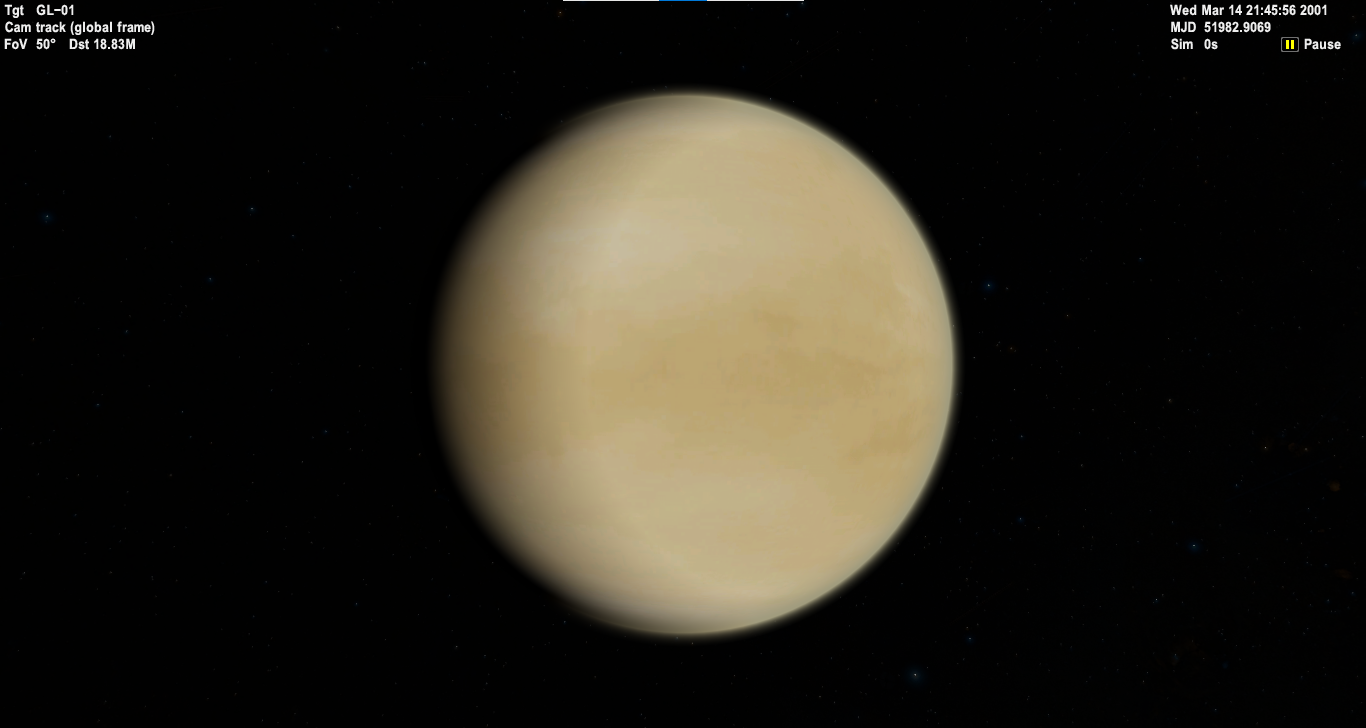
While Mercury is fascinating, its lack of an atmosphere makes it less relevant to Earth’s climate concerns. Venus, on the other hand, started out much like Earth — similar size, similar mass, and maybe even oceans. But something went terribly wrong. Its runaway greenhouse effect turned a once-promising world into a furnace. For scientists, Venus is a stark warning about the dangers of unchecked climate change and the fragile balance that makes Earth habitable.
Past Water: Did Venus Once Have Oceans?
There’s compelling evidence that Venus may have once had oceans of liquid water, just like Earth. Ancient Venus might have been a blue world, teeming with the raw ingredients for life. But as volcanic activity spewed greenhouse gases and the Sun grew hotter, those oceans boiled away. The water vapor, itself a powerful greenhouse gas, accelerated the heating until Venus became the hellscape we see today. It’s a haunting reminder of how quickly a planet’s fate can change.
Searching for Life: Hope in the Clouds?
Despite its extreme surface, scientists haven’t given up hope for life on Venus. The upper clouds, where temperatures are much cooler, might offer a refuge for hardy, acid-loving microbes. In 2020, scientists detected traces of phosphine gas — a potential sign of life — in Venus’s atmosphere. While the discovery is still debated, it’s reignited interest in searching for alien life in the most unlikely places.
Venus as a Planetary Lab: A Natural Experiment
Venus isn’t just a cautionary tale; it’s a natural laboratory for scientists. By studying Venus, we can test theories about climate change, atmospheric chemistry, and planetary evolution. Venus’s extreme conditions are like a cosmic “what if” scenario, showing us what happens when a planet’s systems spiral out of balance. Every mission to Venus brings back lessons that help us understand our own world and the fragile conditions that support life.
Upcoming Missions: The Race to Unlock Venus’s Secrets
The scientific excitement around Venus is reaching a fever pitch. NASA, the European Space Agency, and other space organizations have announced new missions set to launch in the next decade. These spacecraft will brave the toxic clouds and crushing pressure to map Venus’s surface, sample its atmosphere, and search for signs of volcanic activity. Each new mission could rewrite what we know about our mysterious neighbor and possibly unlock secrets about our own planet’s future.
Venus and Exoplanets: A Guide to Alien Worlds
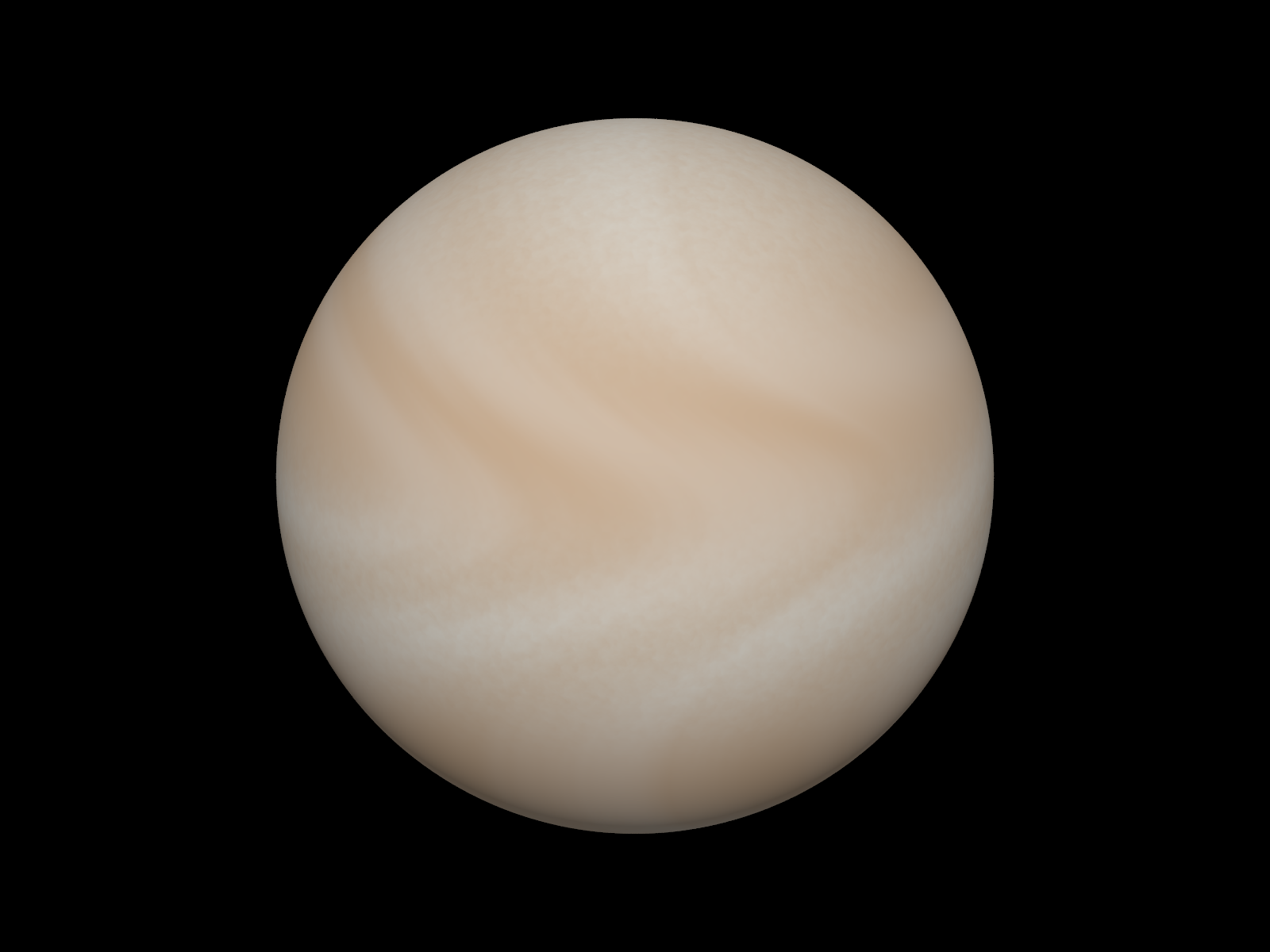
Studying Venus isn’t just about our own solar system. Astronomers are finding thousands of planets orbiting distant stars, many of which may look a lot like Venus. By understanding why Venus turned out the way it did, scientists can better predict which exoplanets might be habitable — and which could be deadly worlds of fire and acid. Venus is our window into the fates of countless other planets across the galaxy.
Extreme Weather: Winds, Lightning, and Acid Rain
The weather on Venus is like something out of a sci-fi nightmare. Winds in the upper atmosphere whip around the planet at over 350 kilometers per hour, circling the globe faster than the planet itself rotates. Lightning flashes through the clouds, and sulfuric acid rains down — only to evaporate before it hits the ground. It’s a planet where the concept of “bad weather” is taken to a whole new level.
Venus’s Magnetic Mystery
Unlike Earth, Venus has almost no magnetic field. This absence leaves the planet vulnerable to the Sun’s charged particles, which strip away lighter elements and may have helped Venus lose its water over time. The reason for Venus’s lack of a magnetic shield is still a puzzle, but solving it could reveal key details about the planet’s core and its past.
The Venusian Day: Sunrises in the West
On Venus, the Sun rises in the west and sets in the east — the opposite of what we see on Earth. This is because Venus rotates “backward” compared to most other planets. Combined with its slow spin, this creates a truly alien day-night cycle. If you stood on Venus’s surface (in a magical spacesuit), you’d watch the Sun crawl across the sky in reverse, barely moving for months at a time.
Venus’s Place in Human Imagination
For centuries, Venus has captivated our imagination as the “morning star” and “evening star,” shining brighter than any other planet in our sky. Ancient civilizations saw it as a goddess, a symbol of beauty and love. Today, we see it as both a warning and an opportunity — a world that once might have been like Earth, now transformed by forces we’re only beginning to understand.
Reflections on a Neighbor’s Fate
Venus stands as both a marvel and a cautionary tale, an inferno born from the same cosmic stuff as our own blue world. Its story is a testament to how quickly a planet’s fortunes can shift, and how delicate the balance of habitability truly is. As we look to the night sky and dream of exploring other worlds, Venus reminds us to cherish and protect the fragile paradise we call home. What do you think — could Venus hold the key to our own planetary destiny?

